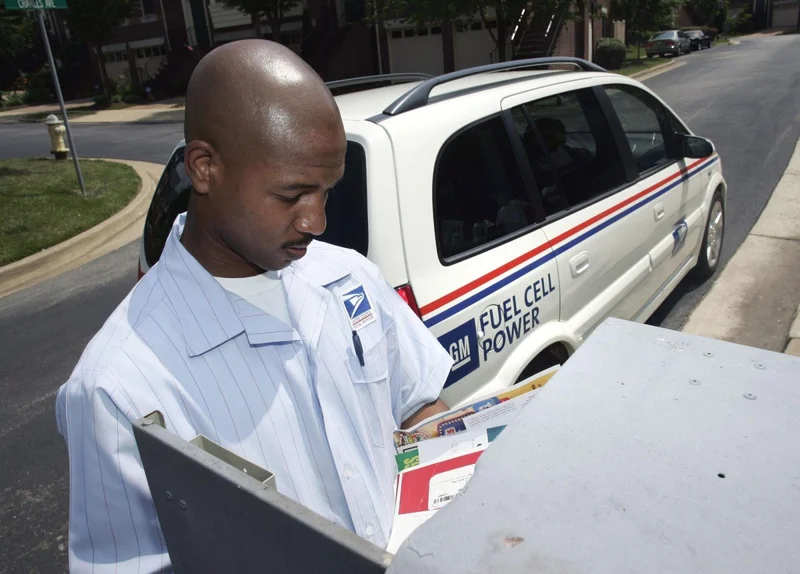Title: USPS's $9 Billion Loss: A Hole Deeper Than the Mailbag?
The United States Postal Service just announced a $9 billion net loss for fiscal year 2025. That's not just a bad quarter; it's a five-alarm fire, especially when the agency was already anticipating a net loss – albeit a smaller one, closer to $7 billion. So, what's going on?
The Ten-Year Plan: A Broken Promise?
The USPS is pinning its hopes on its ten-year reform plan, now nearing its midpoint. The original goal? To "break-even." A $9 billion loss suggests that goal is about as likely as finding a winning Mega Millions ticket stuck to the bottom of your shoe. Postmaster General Steiner insists they're sticking to the plan, but when the map doesn't match the territory, maybe it's time to redraw the map.
The USPS is now publicly appealing to Congress and the Trump administration for help, citing reform efforts "outside the agency's control." In other words, they're saying, "We can't fix this ourselves." It’s like a company blaming the weather for poor sales. (Though, to be fair, extreme weather does impact mail delivery.) They're also renewing their push to borrow more from the Treasury. Which, let's be honest, is like using a credit card to pay off another credit card. It might delay the inevitable, but it doesn't solve the underlying problem.
Beyond the Band-Aid: Digging into the Data
Here's where things get interesting. The USPS is a massive organization, and a $9 billion loss isn't just one thing going wrong. It's a culmination of factors. Without detailed financials, it's hard to pinpoint the exact culprits, but we can make some educated guesses.
Are shipping volumes down? Is First-Class mail continuing its decade-long decline (as people opt for email and digital communication)? Are operating costs spiraling out of control? (Fuel prices, labor contracts, and maintaining a vast network of facilities all contribute.) Or is it a combination of all of the above?
And this is the part of the report that I find genuinely puzzling. The USPS is calling for external help while simultaneously claiming the ten-year plan is still viable. That's a contradiction that needs explaining. If the plan was on track, why the sudden need for congressional intervention and more borrowing? Something isn't adding up.

The USPS needs to show, not just tell, that it has a handle on its finances. Transparency is key. Give us the detailed breakdown of revenue and expenses. Show us where the money is going and where it's coming from. Only then can we have a real conversation about solutions.
One thing is clear: the USPS is facing a serious challenge. It's not just about delivering mail; it's about delivering on its promise to be a self-sustaining organization. And right now, that promise looks increasingly shaky. The losses are significantly higher than expected — nearly $2 billion off the mark. The ten-year plan, designed to bring the USPS to break-even, is clearly not performing as intended.
The question now is, what's the real plan? More borrowing and hoping for congressional action aren't exactly confidence-inspiring strategies. The USPS needs to demonstrate a clear path to financial stability.
Is This a Bailout in Disguise?
The USPS is essentially asking taxpayers to foot the bill. I've looked at hundreds of these filings, and this particular request is unusual, because it's not a request for investment, it's a request to cover up a fundamental shortfall.
It's time for some hard questions. Is the USPS business model still viable in the 21st century? Is it time to consider radical changes, such as privatization or significant restructuring? Or is the USPS simply too big to fail, destined to be a ward of the state indefinitely?
The USPS might be a vital service, but it is not entitled to a blank check. The numbers don't lie, and right now, they're telling a story of financial distress.
